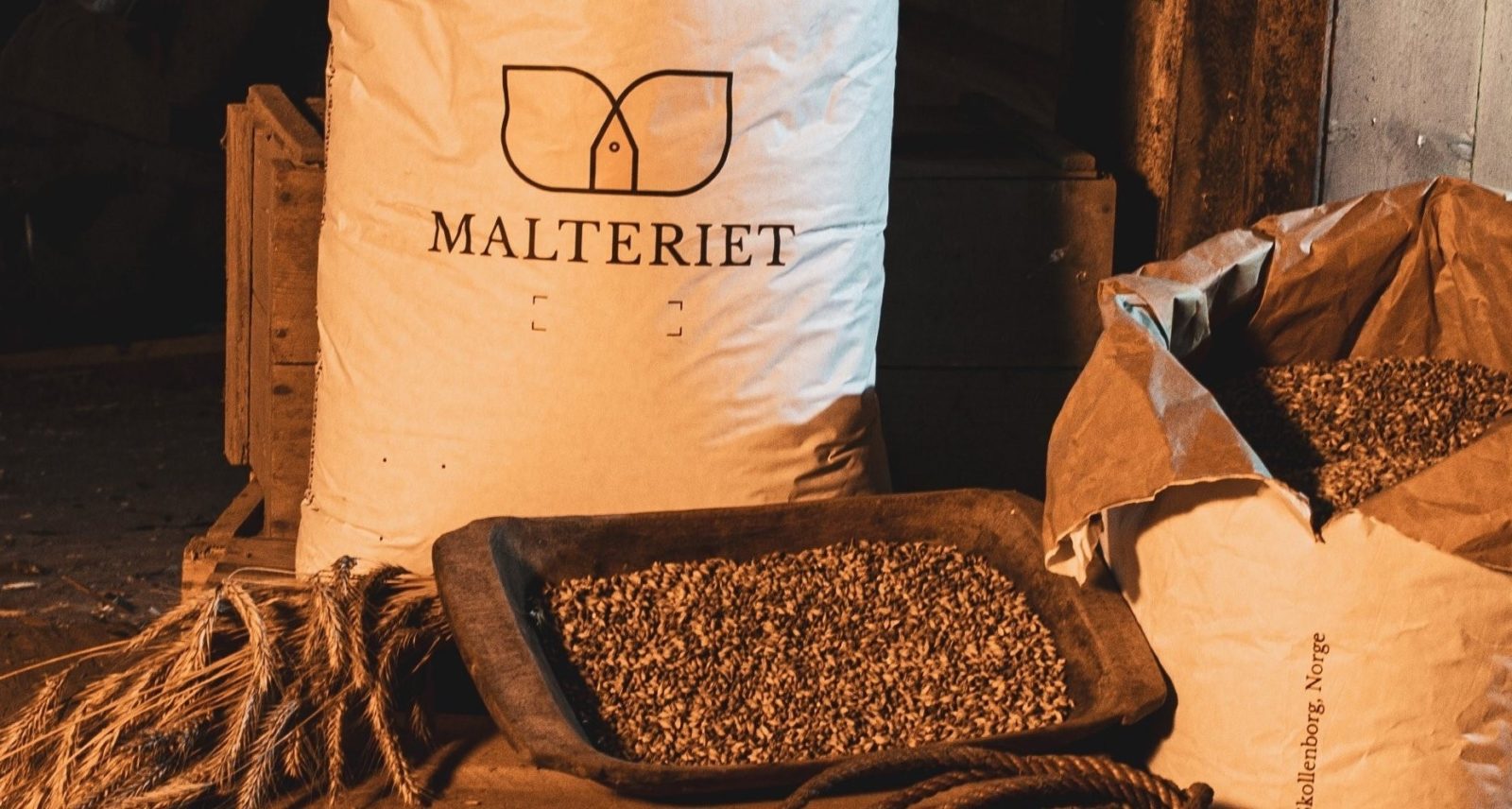Measuring barley protein and moisture contents for malt quality

Malteriet AS (www.malteriet.com) is a Norwegian malting company located in Kongsberg, East Norway, approximately 100km southwest from Oslo. Malteriet AS was established by Kjersti Gravningen and Halfdan Lie Svalheim in 2019 at the Nordre Lie farm premises, 200 years after the Nordre Lie farm was established. In 2019, the old barn and the manure cellar of the Nordre Lie farm were converted into a malthouse to produce quality malt from the farm’s own fields and other local Norwegian farmers.
Improving business operations to produce high-quality malts
Malteriet AS has always been interested in discovering different techniques from around the world, learning from industry and scientific experts, and looking into different malting systems and techniques. Many studies have also been carried out in close collaboration with the Norwegian Agricultural Advisory Service (Norsk Landbruksrådgiving) to produce the highest quality malts possible from local barley produce. In 2018, Malteriet malthouse decided to buy and implement a GrainSense Analyzer to improve their business operations.
Daily vital data for making right decisions at the right time
The GrainSense Analyzer has become an instrumental piece of equipment used on a daily basis, as detailed by one of the malthouse managers: “GrainSense allows us to get a range of vital data both in the laboratory and out in the field to determine the appropriateness of the grain in its current state for both harvesting and malting. This has not only allowed for a quicker and more efficient turnaround whilst ensuring that quality is maintained. It has also enabled us to harvest a large amount of data for research purposes for the continuing development of our product.”

Tracking protein and moisture is key for malt production
Malt is grains that have sprouted and dried. Most often barley, though other grains can also be malted for industrial uses. By adapting different stages in the process and depending on the cereal input’s quality characteristics, one can produce different types of malt. Key factors when choosing malting barley and adapting the malting process are numerous, including the barley protein content that should be between 8.5 to 11% and a moisture content under 14.5%.*
Example of data collected by Malteriet AS from barley samples:
By measuring the protein and moisture content of barley, the maltster can select the most appropriate batches for malting production directly based on their characteristics (Moisture content <14.5%, protein content between 8.5-11%).

*These characteristics can vary from country to country and by different industrial producers




